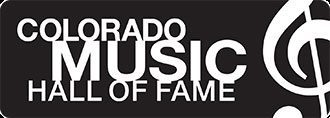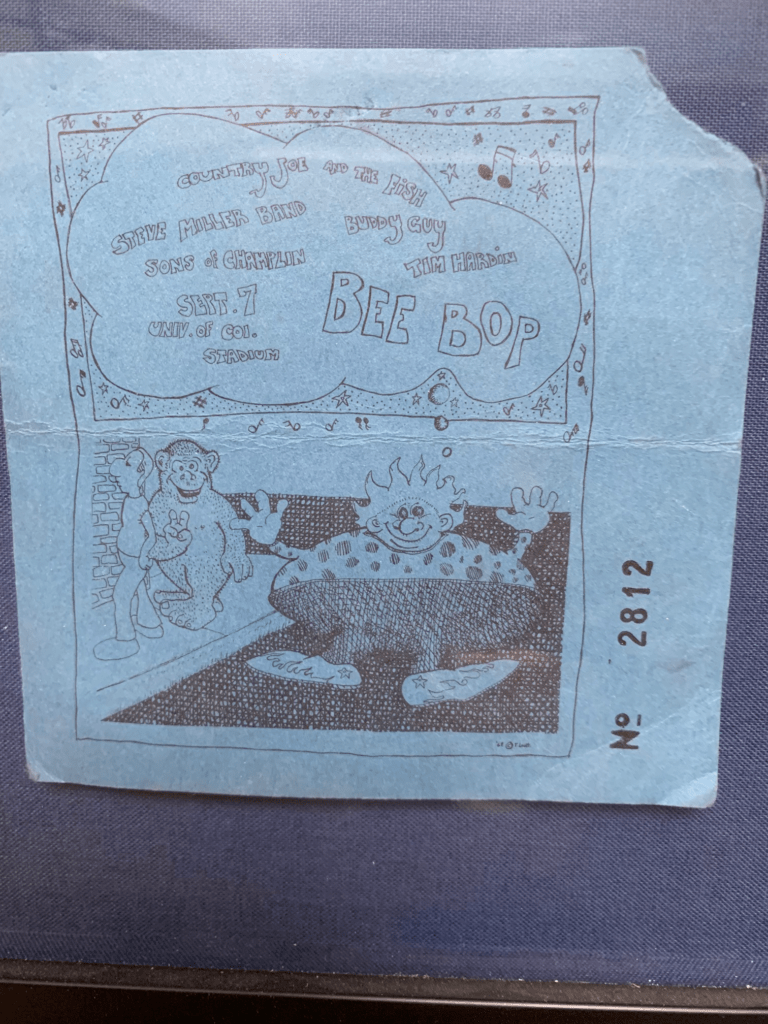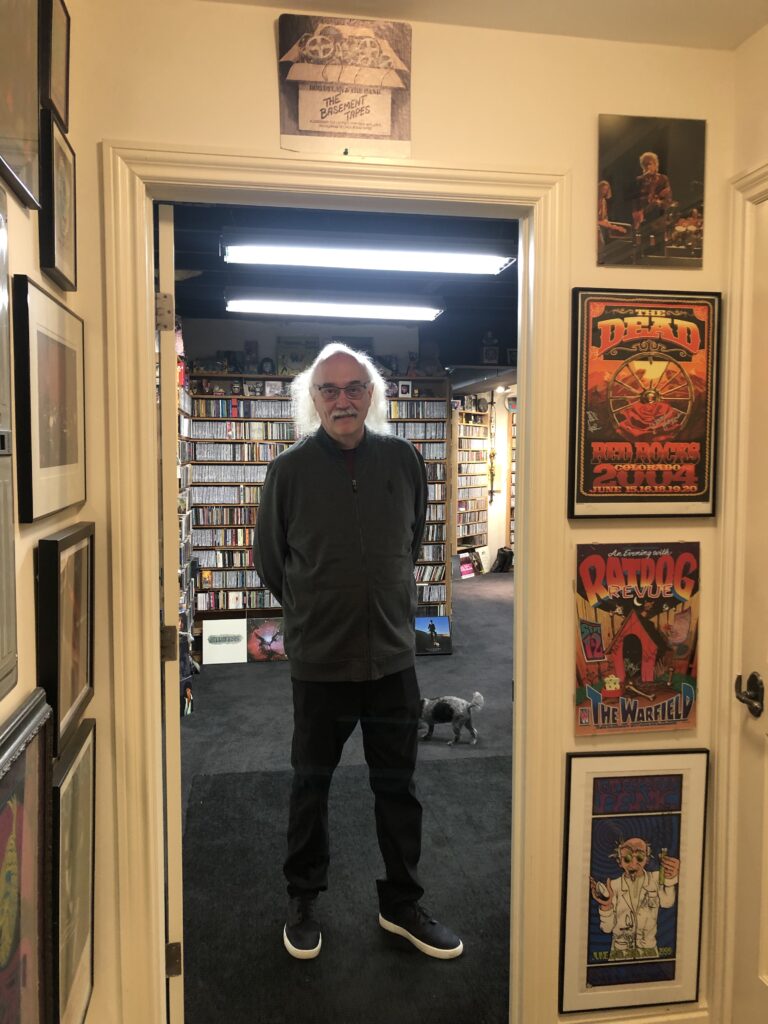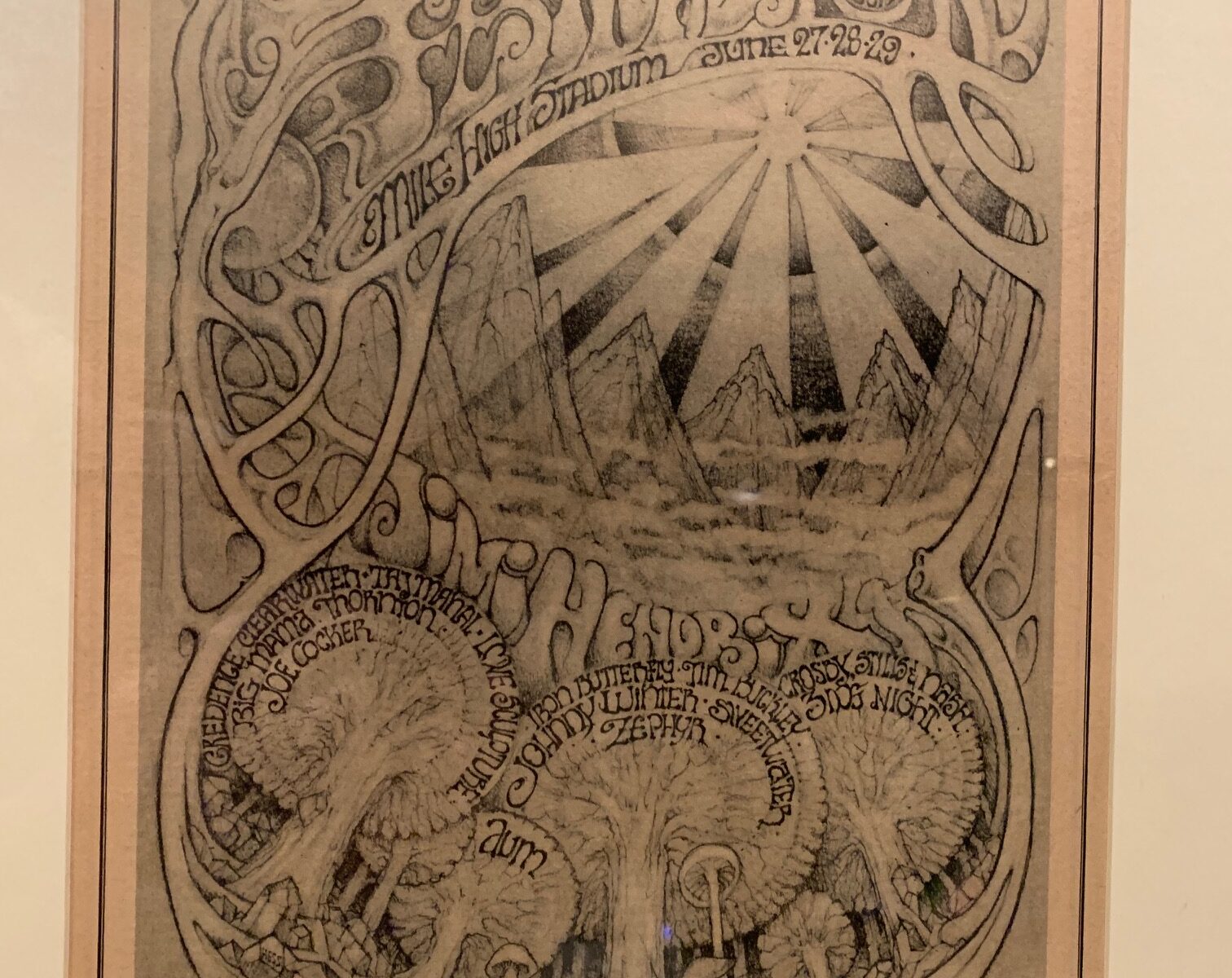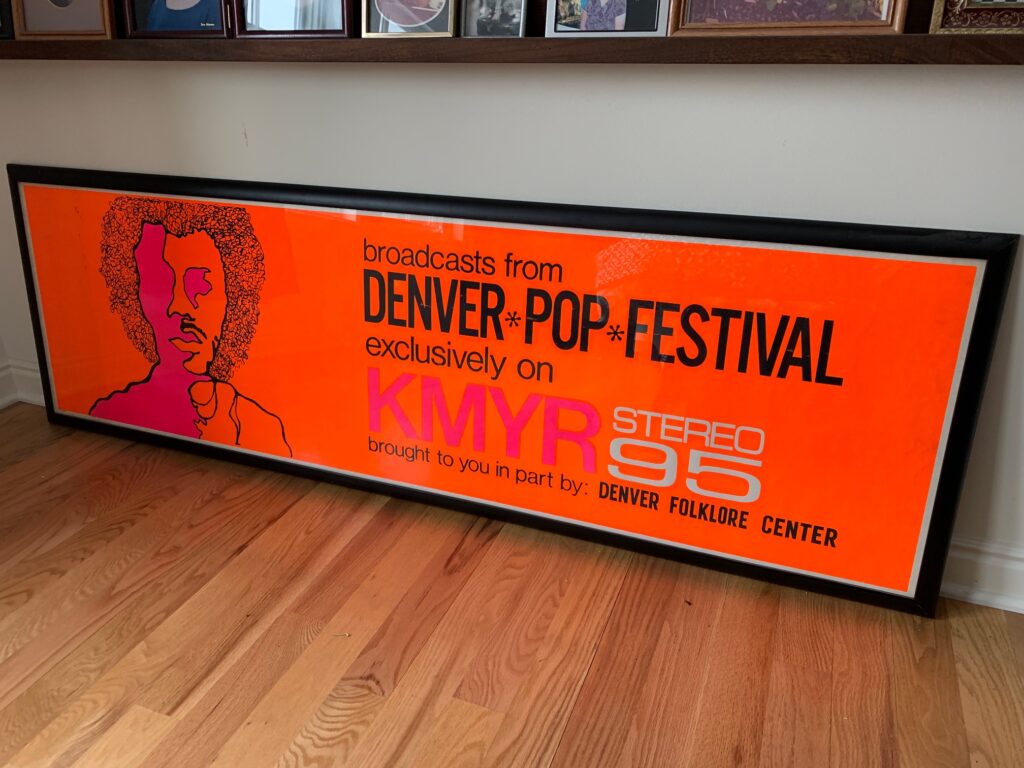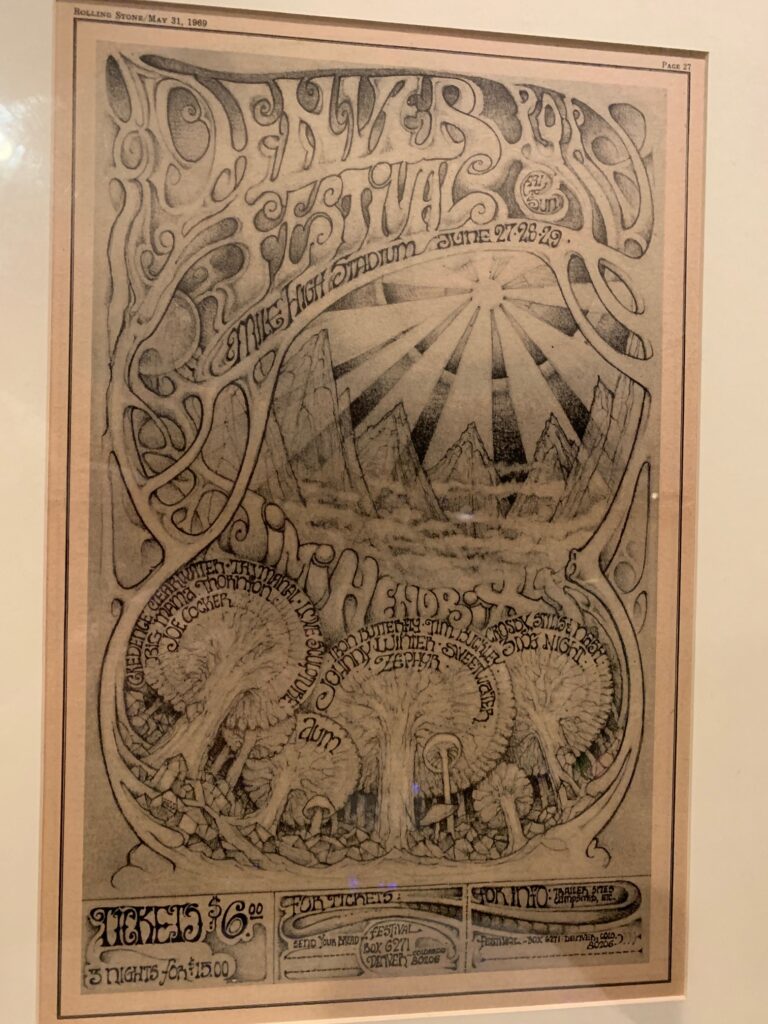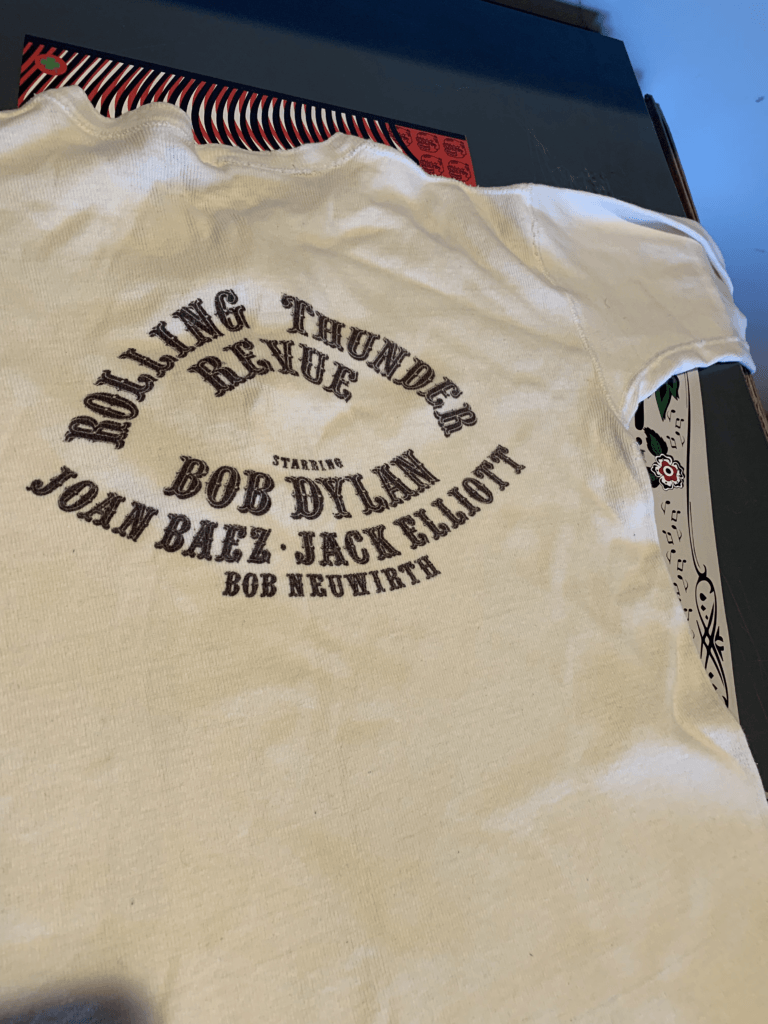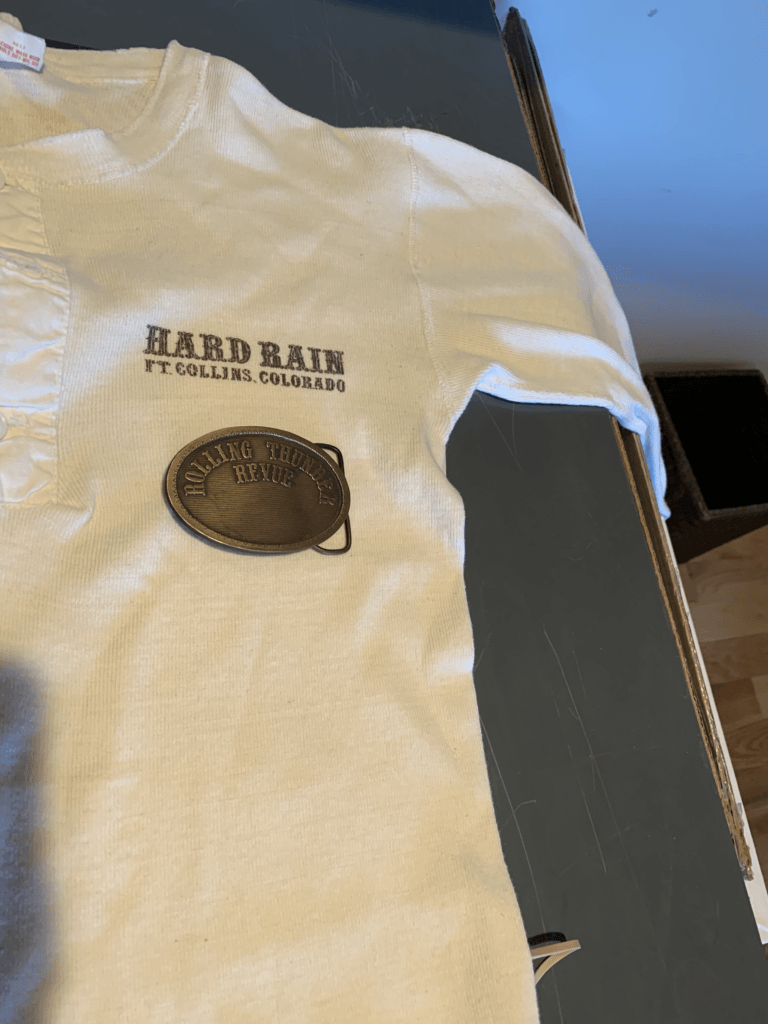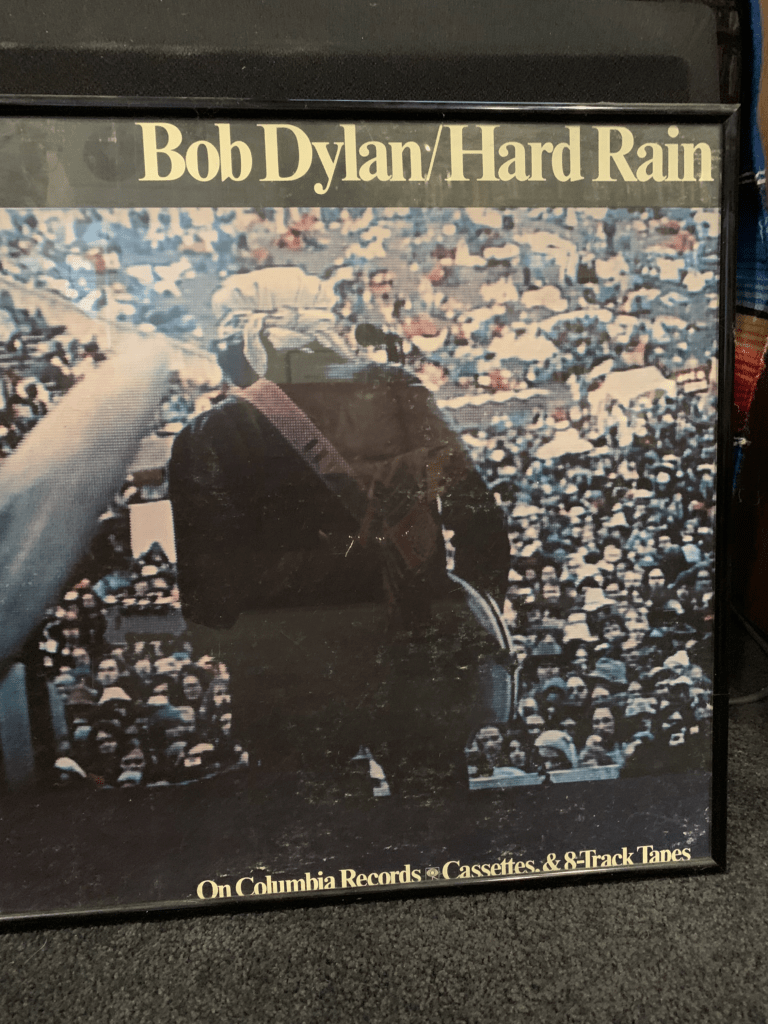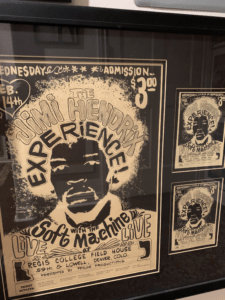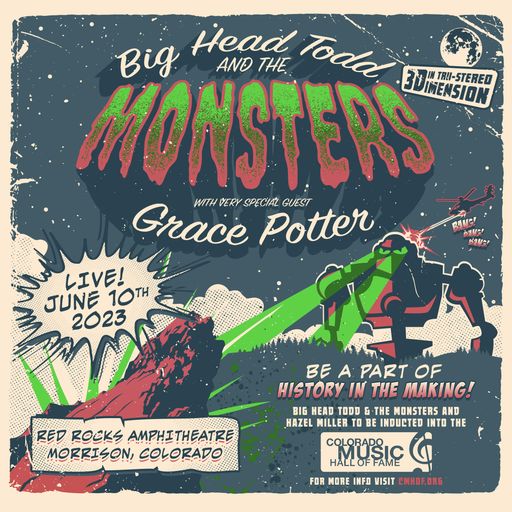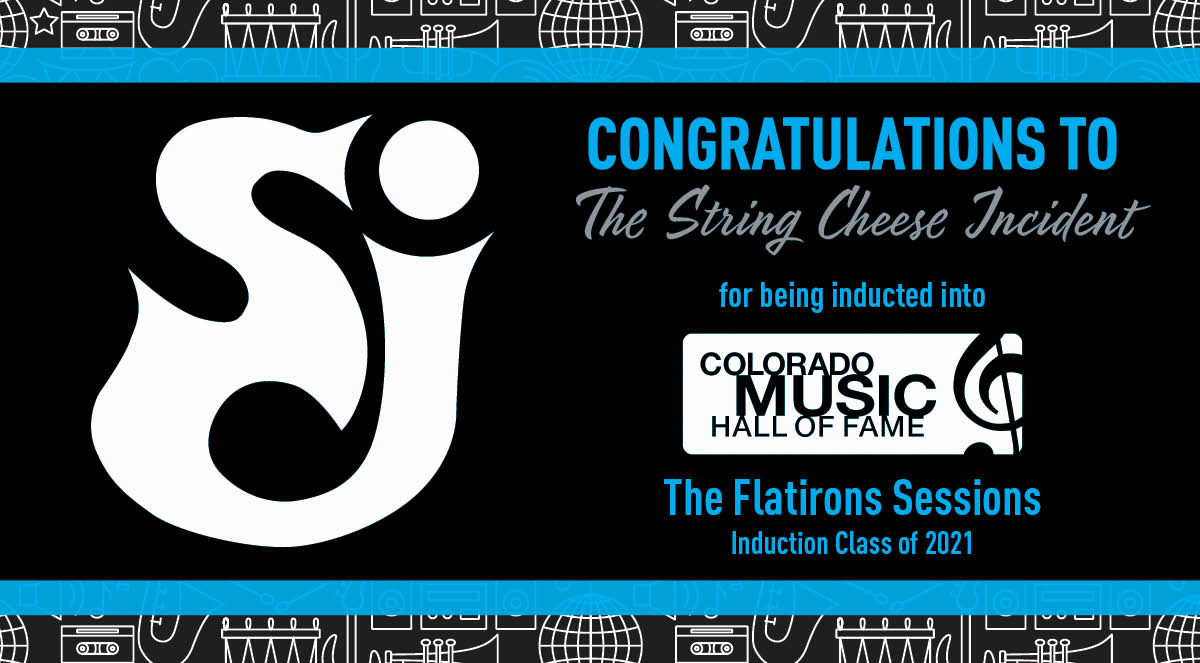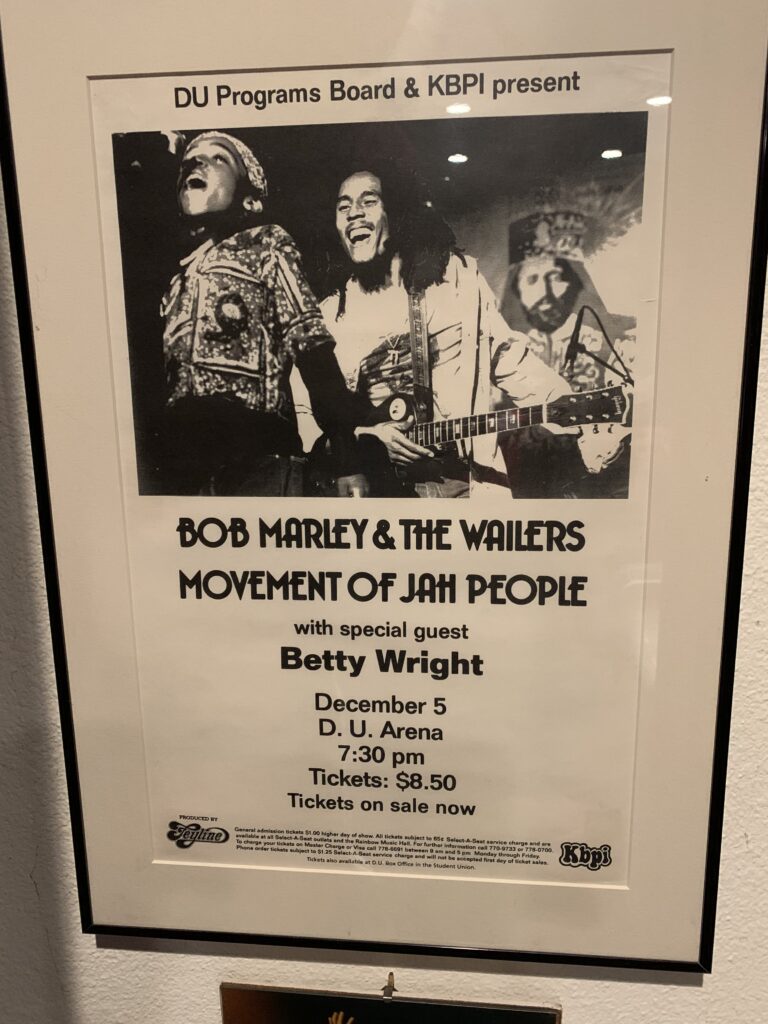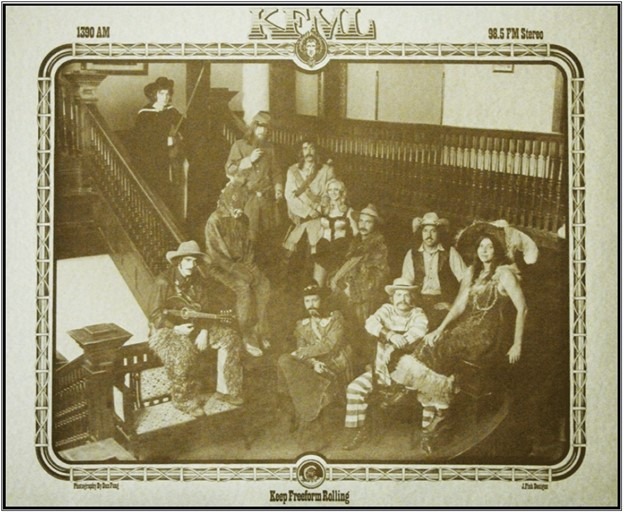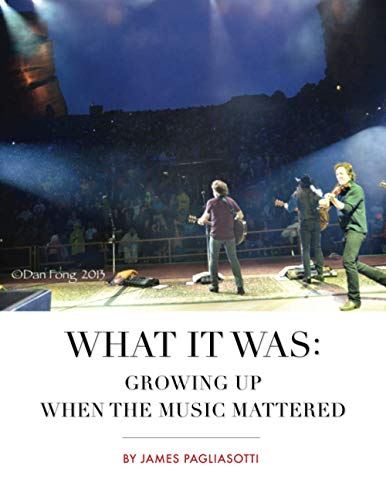Colorado’s event ticketing laws are under scrutiny. As an advocate for Colorado’s music community, Colorado Music Hall of Fame endorses Senate Bill 60 “Consumer Protection in Event Ticketing Sales,” currently being reviewed by the Colorado’s House of Representatives.
The ticketing systems in Colorado are rife with challenges for ticket-buyers, as well as musicians and their promoters. Scalpers and bots come in and buy up tickets at face value, and then inflate the prices to re-sell them. Taylor Swift made international news when her 2023 tour went on sale; tickets for her shows are being sold for as high as $30,000 a ticket on the resale market! This has to stop. It doesn’t help anyone…except the resellers.
Musicians should be in control of setting ticket prices for their shows and making them affordable for their fans.
Just this month, British band The Cure made headlines calling out Colorado’s ticketing laws as the band attempted to keep its show prices low. On March 10, The Cure made this statement to its fans on Twitter (and the story was picked up by numerous media outlets)…
“Unfortunately, despite our desire to protect our low ticket prices for fans, the states of NY, IL and CO make this very difficult – they actually have laws in place that protect scalpers! For shows in these states we urge fans to buy or sell tickets to one another on face value exchanges like twickets.live and cashortrade.org. Fans should avoid buying tickets that are being resold at inflated prices by scalpers, and the sites that host these scalpers should refrain from reselling tickets for our shows.”
We need to put the power back into the hands of the musicians and the industry supporting them. And we need to keep music and entertainment ticket prices from being prohibitive.
Anchored by Red Rocks Amphitheatre, named the most visited venue in the world, Colorado is the music state of the United States, with prolific music tourism. And Colorado’s music industry—from the local musicians to the crew workers, venue managers, promoters, production staff and more—has a major impact on Colorado’s GDP. Colorado needs to be leading the way with laws that protect musicians and consumers; instead, we’re trailing far behind.
YOU too can help ensure that Senate Bill 60 passes. Show your support for Colorado’s vibrant music community by participating in the legislative process:
- submit a written testimony;
- testify before a committee remotely or in person; and
- listen to committee proceedings and watching floor proceedings over the internet.
MAKE YOUR VOICE HEARD (Click the Ticket below)
